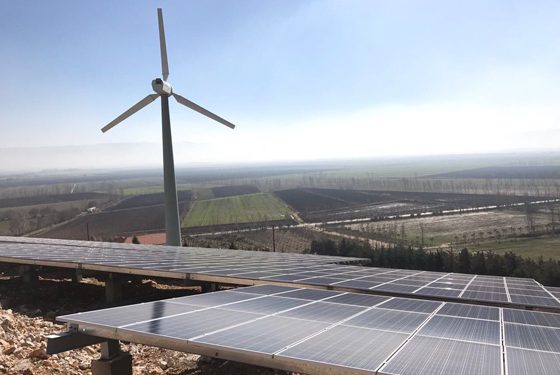The Ministry of Energy and Water and the Lebanese Center for Energy Conservation (LCEC) have adopted the second National Renewable Energy Action Plan for the Republic of Lebanon for the period 2016-2020. The second NREAP 2016-2020 builds on the renewable energy initiatives proposed in the first NEEAP 2011-2015. Lebanon is probably the first Arab country to develop its official NREAP 2016-2020. The implementation of the NREAP 2016-2020 would need around $1.7 billion over a period of 5 years, creating a huge positive market momentum. The target of the NREAP is to have around 767 kilo-tons of oil equivalent (ktoe) produced by renewable energy during 2020. The NREAP 2016-2020 for the Republic of Lebanon is now available online.
The NREAP 2016-2020 includes three scenarios of renewable energy development (pessimistic, realistic, and optimistic). According to the realistic scenario, it is estimated that renewable energy generation by 2020 would equal 767 ktoe. This amount is based on the development of four types of technologies, mainly wind (200 MW), hydro (330 MW), solar (350 MW for solar PV and 1 Million square meters for SWH’s), and biomass (771 GWh). During the launching event of the NREAP 2016-2020, the Minister of Energy and Water H.E. Mr. César Abi Khalil has announced a call to the private sector to submit an Expression of Interest (EOI) to build between 120 and 160 MW of solar photovoltaic farms in the different districts of Lebanon. The solar farms will be based on Power Purchase Agreements (PPA) with the national electric utility Electricité du Liban (EDL).
LCEC
21 March























































